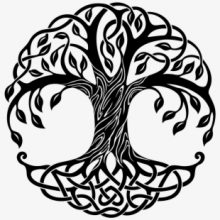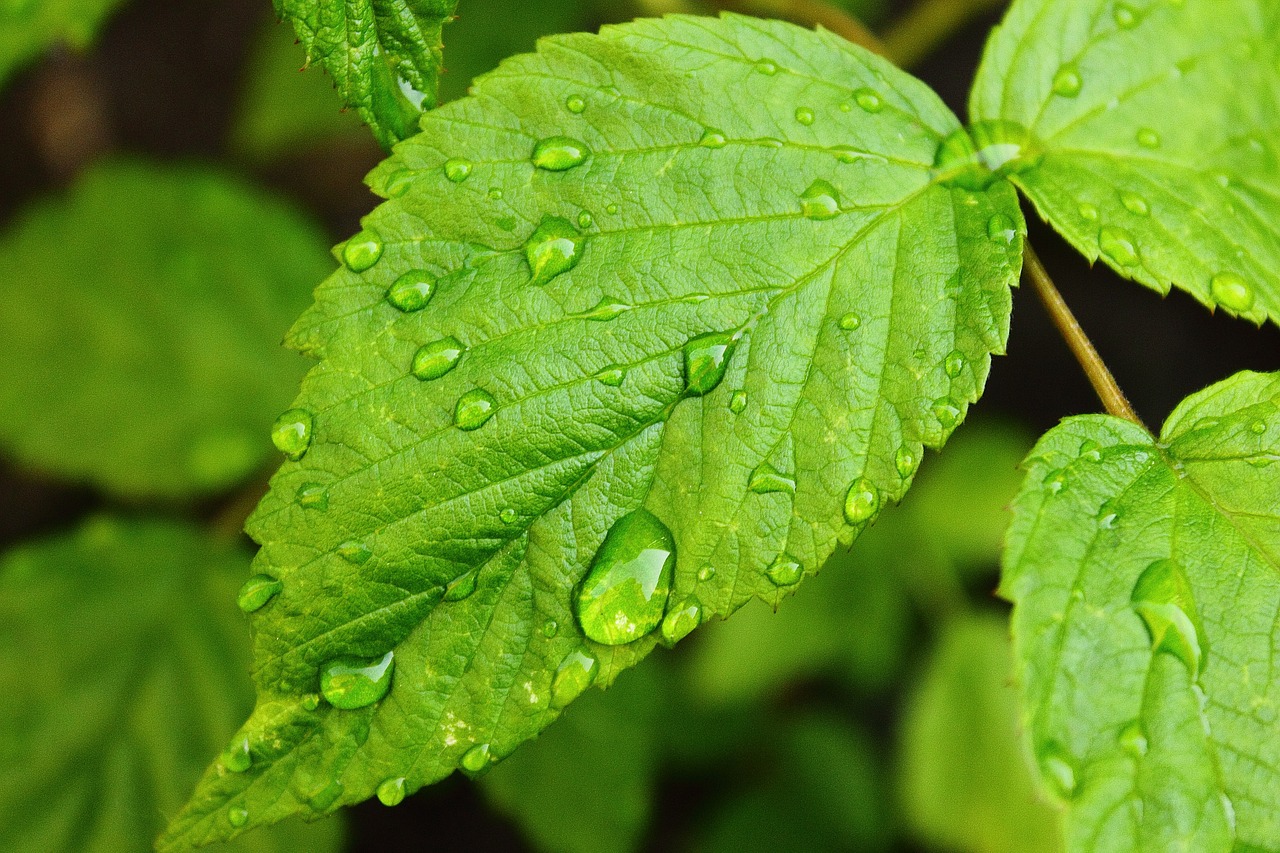Red raspberry leaves are an excellent source of antioxidants, nutrients, and natural chemicals that benefit the body, it has anti-inflammatory properties as well.
The raspberry leaf is high in several B-vitamins, vitamin-C, as well as magnesium, potassium, zinc, iron, phosphorus, and other minerals. It is packed with tannins, flavonoids, and other polyphenols, which act as great antioxidants, protecting the body from free radicals.
Women, particularly pregnant women, may especially benefit from the raspberry leaf. Studies have shown promising results that it lessens premenstrual symptoms, including nausea, diarrhea, vomiting, and cramping. Women use it throughout all three trimesters, and it is believed that it helps to reduce excessive bleeding post-childbirth. Raspberry leaf may shorten labour and make delivery easier.
Raspberry tea can potentially have laxative properties and result in a loosened stool for some individuals. Similarly, for some people, it has a slight diuretic effect. Although it is likely safe for most people, take precaution and consult a doctor before use*.
Please use moderation and care when using herbs and read our disclaimer

